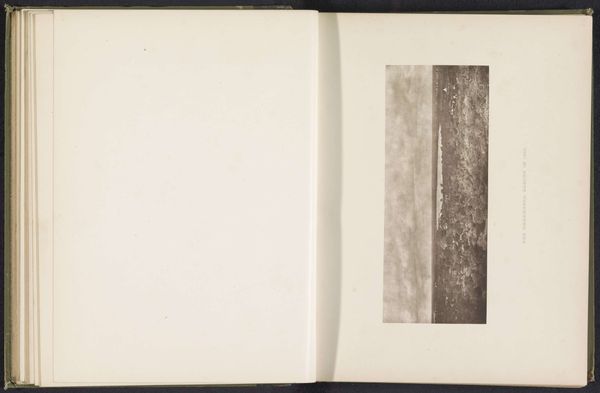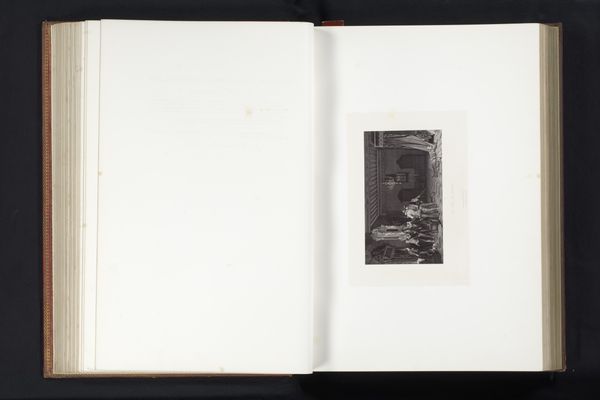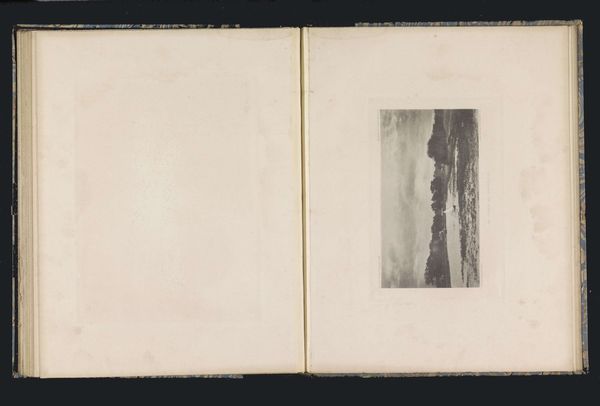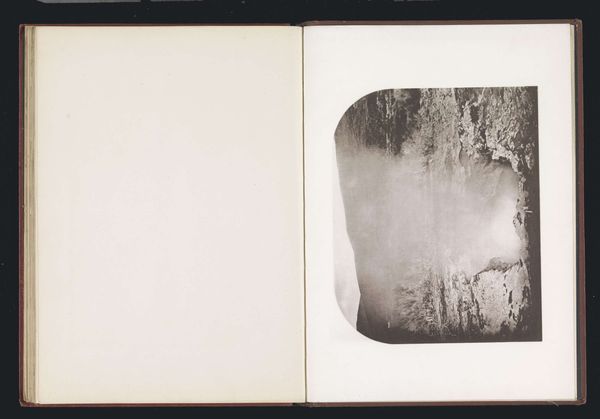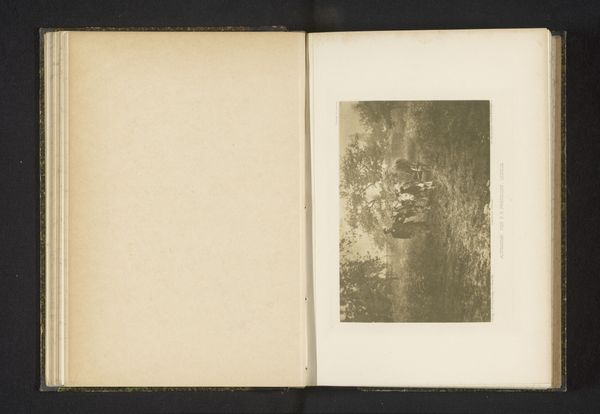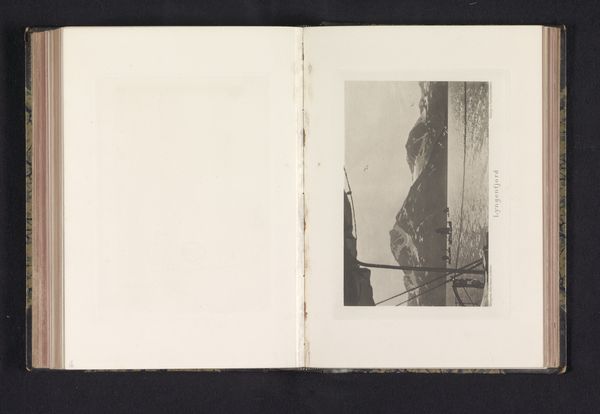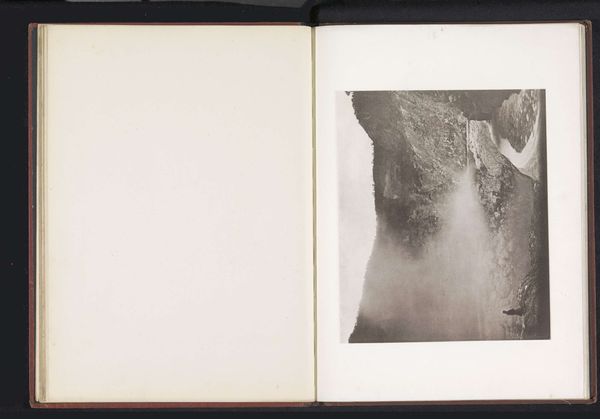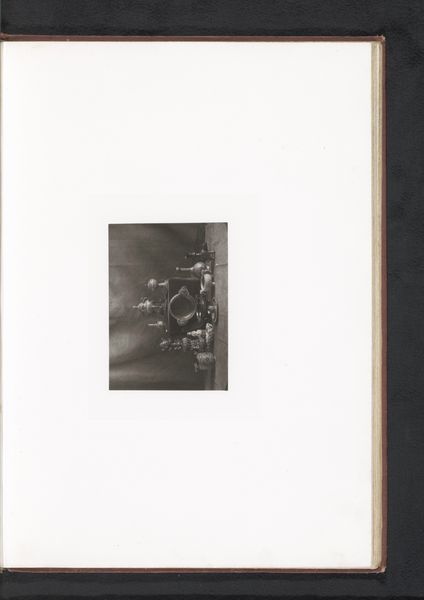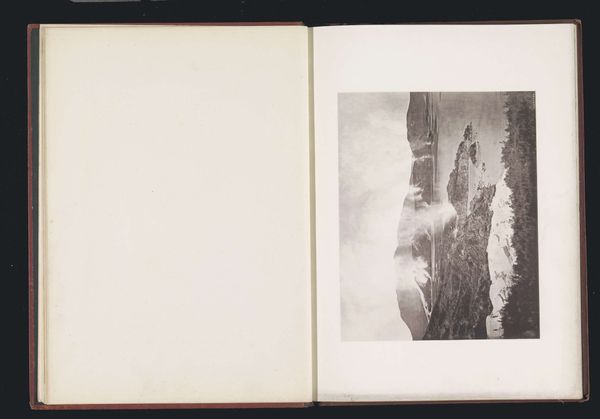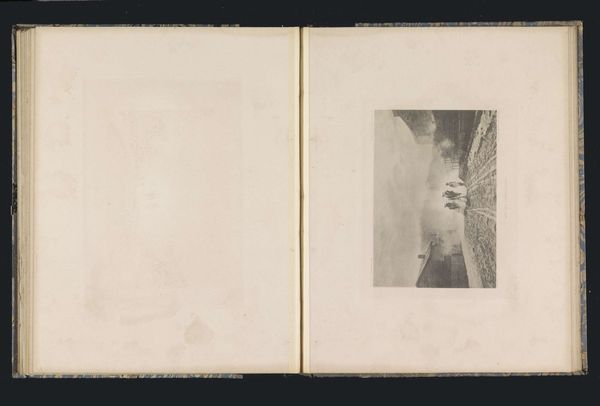
photography, gelatin-silver-print
#
lake
#
landscape
#
photography
#
gelatin-silver-print
Dimensions: height 202 mm, width 246 mm
Copyright: Rijks Museum: Open Domain
Curator: Let’s dive in. Editor: We’re looking at a gelatin-silver print by Daniel Louis Mundy, titled *Gezicht op geisers langs Lake Taupo*, dating from around 1865 to 1875. It depicts geysers rising from a lake, almost ghost-like in their pale against the darker landscape. What stands out to you in this particular landscape? Curator: Immediately, I see a constructed view of "untouched" nature. Consider when this image was made. Photography, especially of landscapes, was often used to promote colonial expansion and settlement. Does this image serve that purpose, enticing viewers with the sublime, while obscuring any potential conflict or indigenous presence? Editor: That's an interesting point. It definitely emphasizes the drama of the natural landscape, doesn’t it? How does the photographic medium play into this perception? Curator: Think about how photography was viewed at this time. It was often seen as an objective recorder of reality, lending further credence to this representation of New Zealand as a readily available and inhabitable space. These sublime landscapes circulated, influencing public perception and reinforcing colonial narratives of progress. Are we seeing pure nature, or a carefully curated view crafted to influence an audience? Editor: So, the photo isn't just a picture; it's an argument? Curator: Precisely. Photography gains status, becomes enmeshed within a global system, and is a powerful, and often persuasive, tool for advancing social or political causes. That's one lens we can look through here. Editor: This has made me rethink landscape photography, I never considered the underlying messages they may contain. Curator: Context truly changes our view; images are powerful conveyors of social messages.
Comments
No comments
Be the first to comment and join the conversation on the ultimate creative platform.
